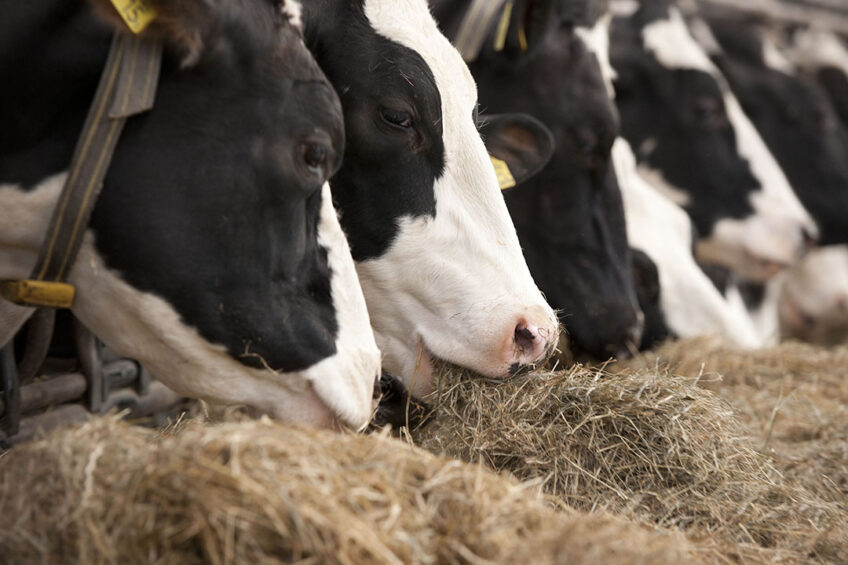Mycotoxins in feed threaten cow health and milk yields

Should dairy producers fail to address the impact of mycotoxin contamination in animal feeds, a drop in production, performance and fertility in dairy cows will likely result, UFAC-UK warns.
The nutritional supplement manufacturer notes that producers often underestimate the problem of mycotoxins in feed and highlights that at least 25% of the world’s food crops are contaminated, with an anticipated higher risk in UK rations this year.
Mycotoxins within the rumen can have a major effect on the rumen microbes, ultimately reducing feed digestibility.
Mycotoxins extremely harmful to ruminants
According to UFAC-UK, mycotoxins are toxic chemicals produced by fungi that readily colonise crops in the field and in storage, and even at very low levels, they are extremely harmful to ruminants, particularly freshly calved dairy cows.
Moulds that commonly grow on grass silage and other wet feedstuffs can often produce mycotoxins. They can also be found in home-grown and imported feed ingredients as well as straw and bedding materials, adds the manufacturer.
Reducing the effect of mycotoxins
UFAC-UK national sales manager Nigel Bateson: “Mycotoxins within the rumen can have a major effect on the rumen microbes, ultimately reducing feed digestibility, which subsequently will reduce available nutrients for milk production, body conditioning and reproduction.” He adds that reducing the effect of mycotoxins means better immunity to disease challenges, improved daily feed intake and increased milk production.
Effectiveness of binding
To help producers address the threat, trials at the Ghent University have demonstrated the effectiveness of a binding solution, Mycotrap, to help minimise the levels of mycotoxins within the rumen, therefore reducing their overall affect.
According to Bateson, with its strong binding capacity for a broad range of mycotoxins at all pH ranges, Mycotrap works by incorporating activated clay minerals with added glucose pre-cursor, glycerine, to provide toxin control and improved liver function. Glycerine also has anti-mould properties, he says, which helps minimise heating in the TMR.











